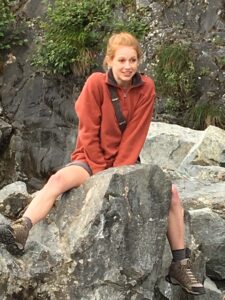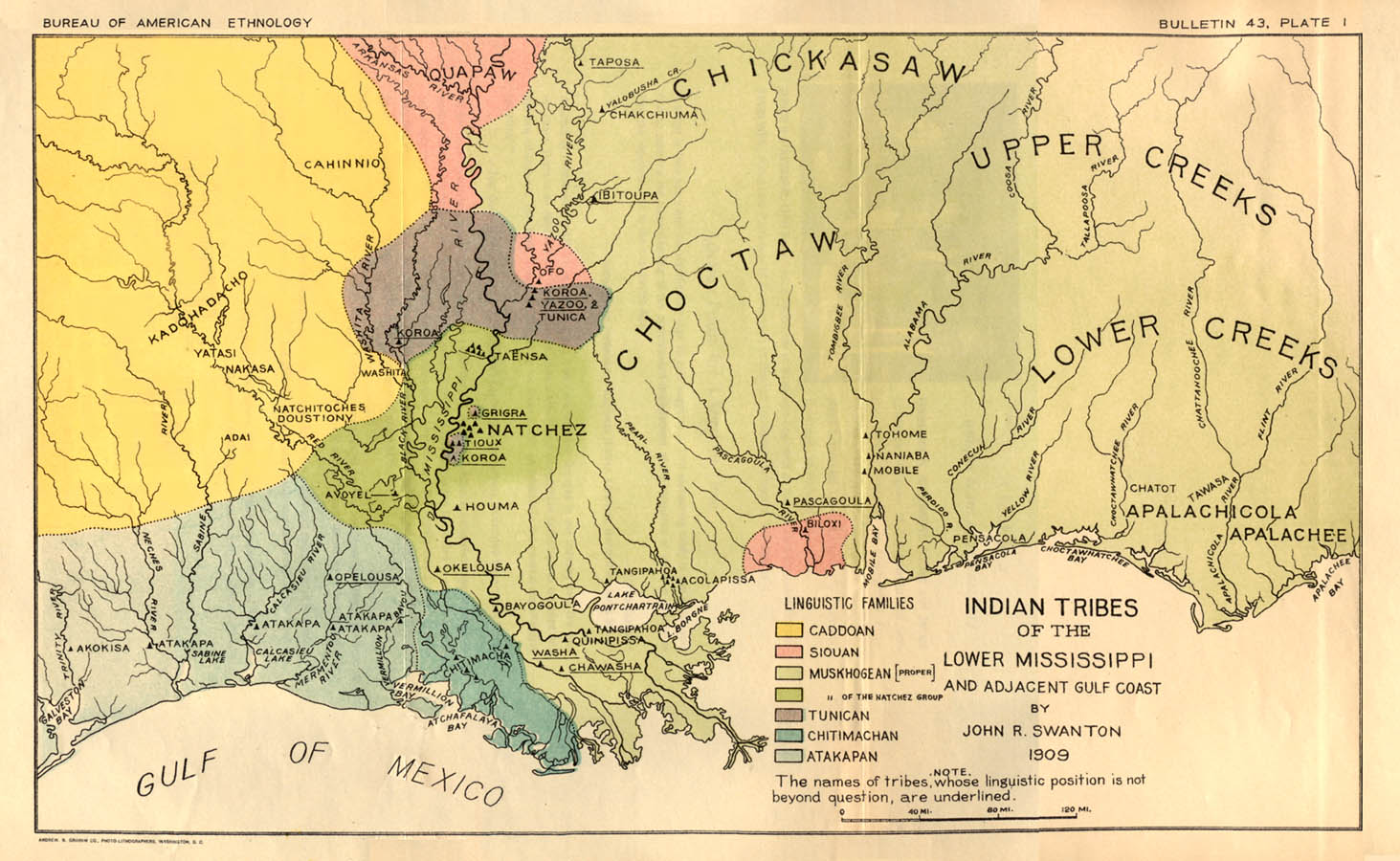By Samantha Hilburn
Adventures in the backcountry beckon us deep into state and national forests, parks, and preserves where we can escape the harried bustle of civilized life. Spare us the bright lights, loud traffic, and questionable odors of city streets. We wild people live to see stars and fireflies at night, hear rustling leaves and babbling streams, and smell wildflowers along trails less traveled. We feel most at home far from home, where human footprints are hard to find. On trips outfitted by Tulane Outdoor Adventures, we may even wonder how few before us have traversed the rivers and roads that crisscross DeSoto and Kisatchie National Forests or Bogue Chitto and Fontainebleau State Parks.
Recent weeks and months of nationwide unrest have prompted uncomfortable but unavoidable conversations on diversity, inclusion, and equality across all spheres of American life, and outdoor recreation is no exception. Activists seek to “color the outdoors” by recognizing and welcoming demographics not traditionally represented in the backcountry. In an ongoing dialogue on cultural history and heritage, one question caught my attention and held it: whose land is this anyway?
Calls for better representation of indigenous peoples in outdoor recreation both encourage and confound me. Are we not already recreating on their ancestral lands? If we strive for equal opportunity and justice under the law, should we not first come to terms with the unpleasant truth that millions of Native Americans were forcibly removed from millions of acres of land inhabited for generations? The Indian Removal Act of 1830 effectively stripped tribes of property rights and strangled their potential for economic prosperity in a budding capitalist nation, but like so many unpleasant facts of history, we’d rather not talk about it.
I digress. We can neither erase nor rewrite history, no matter how hard we try. The best we can do is learn from it, but we cannot learn from empty pages. In an effort to acknowledge and appreciate the rich pre-colonial history of the United States, particularly those places where Tulane students frequent on trips led by Outdoor Adventures, please join me in my journey to read and share the stories of the original occupants of the land we love. Check back regularly for new posts that dive deeper into the history of destinations on our past, present, and future trip schedules, and come away with a new perspective to pack on your next adventure with us.
About the author

Year in School: Senior
Major: Geology, Environmental Studies (Minor: Economics)
Hometown: Shreveport, Louisiana
Favorite Outdoor Activity: Climbing, hiking, skiing
Favorite Camp Food: A hearty trail mix of Shaina’s worst allergens
Ideal Outdoor Adventure Trip Destination: Rocky Mountains or Desert Southwest
If you were stranded on a desert island, what/who would you bring with you: Hammock, yoga mat, sunscreen, peanut butter
